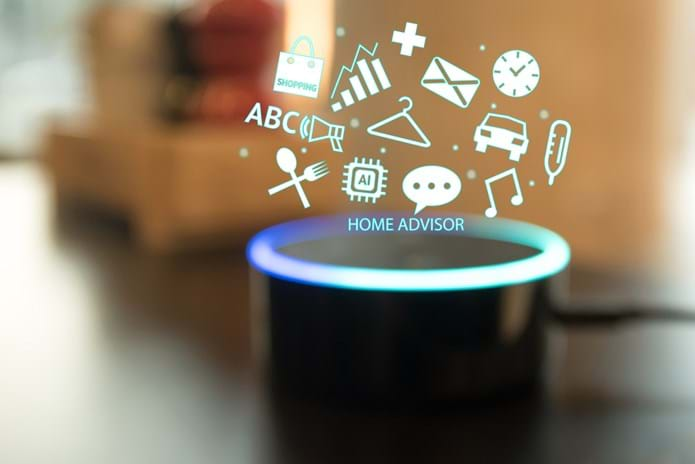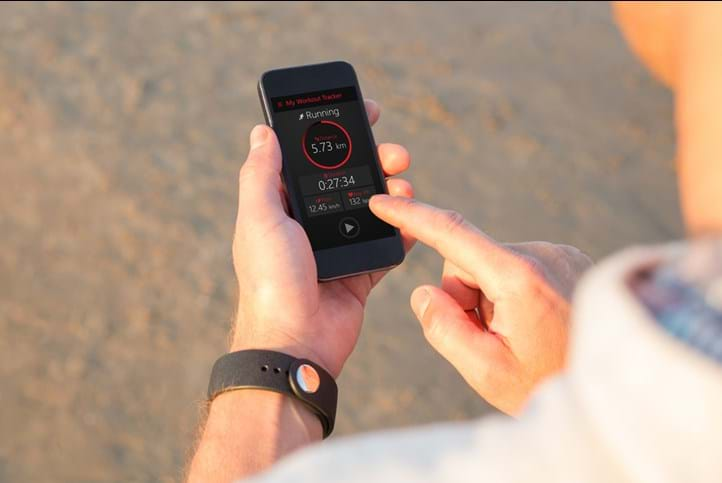
Communications in the Era of Big Data
By Cherry Kwan with help from Calvin Wong at End Game Results
In this digital age, a quick click of the “Agree” button can give companies access to almost all your information. For many brands, the importance of gathering user information is integral to delivering the most relevant messages to its customers.
Indeed, big data is now a necessary part of communication and marketing efforts to drive value for businesses – as demonstrated by Spotify and Netflix who have utilized their vast user data to create engaging messages for their audience. Inevitably, however, this has caused anger from those who believe if you’re using personal data without adding value, it’s intrusive, not entertaining.
Due to data leakage and misuse of information, there is also a growing fear of the security and privacy of their data. The evolution of technology is bringing new opportunities for businesses, but how sharp are they in preparing for the risks behind data use?
We Hear Everything You Say

With the growth of voice search in recent years – boosted by smart home speakers – daily habits and queries are now gathered in order to serve up even more targeted ads suited for the entire household.
These voice assistants are ‘always on’, standing by for user queries through natural language processing, and serving up entertainment options, online shopping, and even controlling your home. This has given marketers an opportunity to sell directly to users through a command, bypassing traditional e-commerce platforms or mobile apps.
In fact, Amazon Echo was recently a witness for a murder case in Arkansas, United States. This may go to extremes for the capabilities of data, but these incidents rise uncertainty and distrust from consumers, as well as their acceptance to using these products.
Everything is Tailor Made

It’s not just your voice assisted devices. Whether it’s your MyFitnessPal app or Spotify, there are a host of IoT devices tracking your every movement as you walk, run, eat, and sleep.
Redefining the traditional concept of insurance, AIA Vitality allows users to collect vitality points under the fitness category through their activity on FitBit. Partnerships like these allow data sharing between companies, giving businesses the ability to offer tailored campaigns to drive usage and sales.
Despite having the ability to clear your history, consumers are still worried about how much of this data is stored and kept, where is it being used, and most importantly, how?
Building Trust
With so much information at hand, the way you use the information can make or break your brand’s reputation. The trust between a consumer and business can be destroyed in mere seconds. The time it takes to build it back? Perhaps, years. So, a strategic communications plan that leverages media, social media, word-of-mouth, and reviews can help businesses to build trust.
Staying Transparent
Take away your consumers’ scepticism. Today, it’s extremely hard for people to hide personal information, and the same goes for businesses. Hiding information from the general public can do more harm than good. Therefore, taking a more transparent approach can often win the hearts of consumers. It may seem frightening to reveal all the details of a business, but doing so may make consumers more accepting towards mistakes if, and when, they do occur.
Be Prepared
Undoubtedly, businesses are successfully using the gathered data to create products and services that are more personalized for consumers, but handling the vast amount of information goes beyond an infrastructure that’s secure. The idea is that “anything that can go wrong, will go wrong.” Whether it be WhatsApp, Google, or Facebook, companies have endured backlashes from consumers due to privacy settings for years.
Response time is critical in today’s fast-paced environment. Good communication starts before an incident occurs. Not only do businesses need to prepare their employees the anticipation of these crises, but also have process and plans in place that can be executed in a timely manner.
The latest blogs from WE
Decoding Gen Alpha: A Primer on the Next Gen of Consumers
Why Gen Alpha Will Fuel Spending This Season
Why Reputation Is a Business Driver in Healthcare

